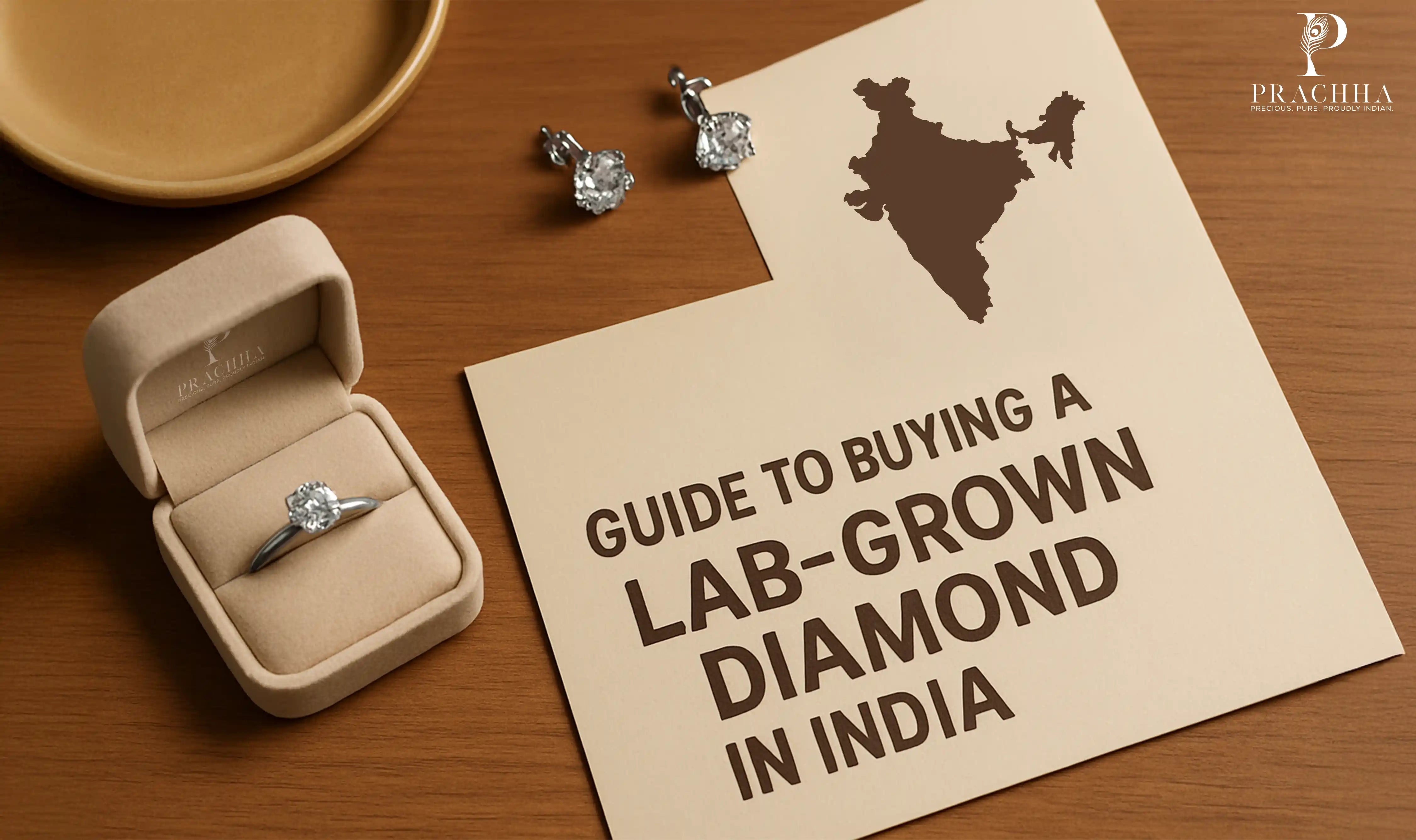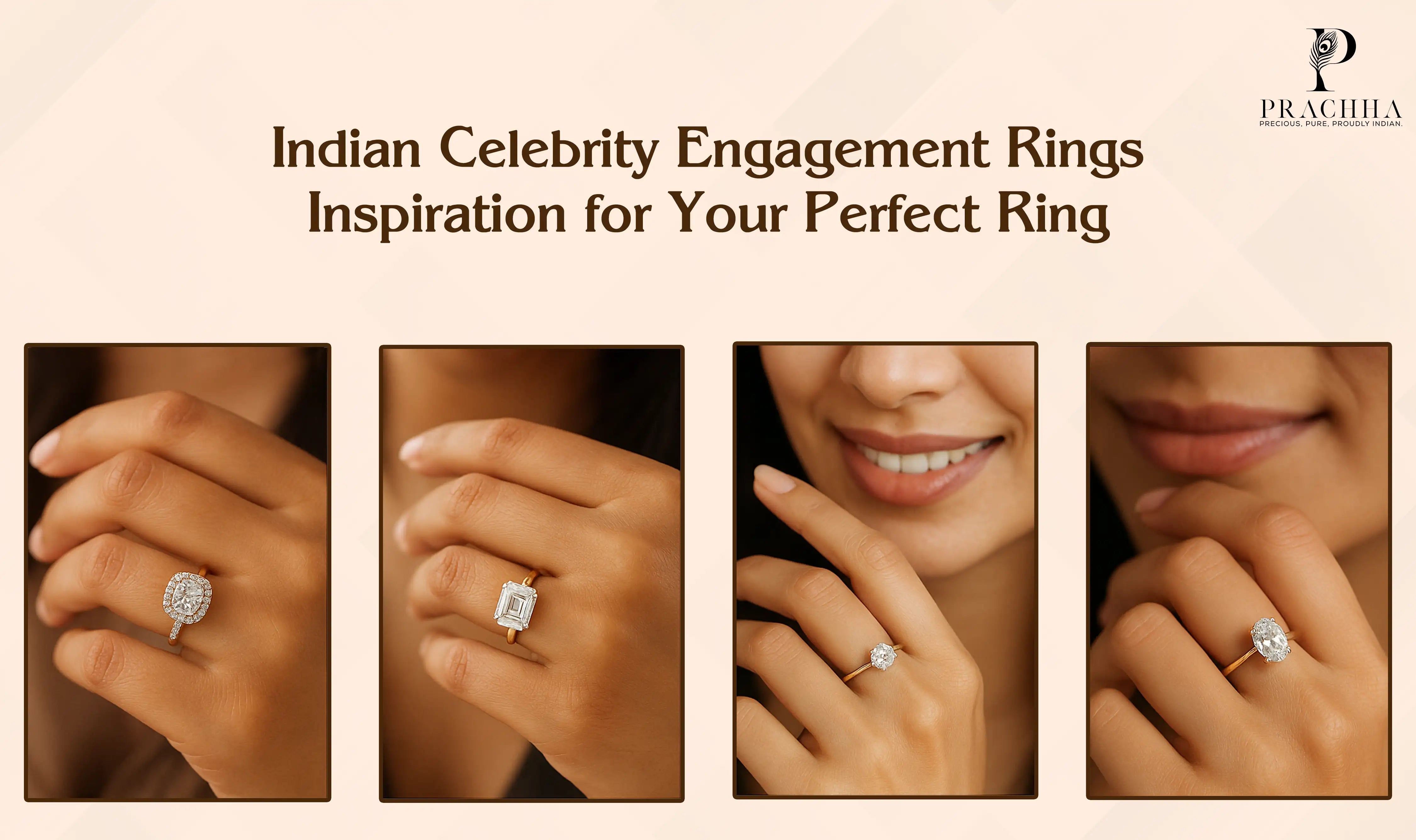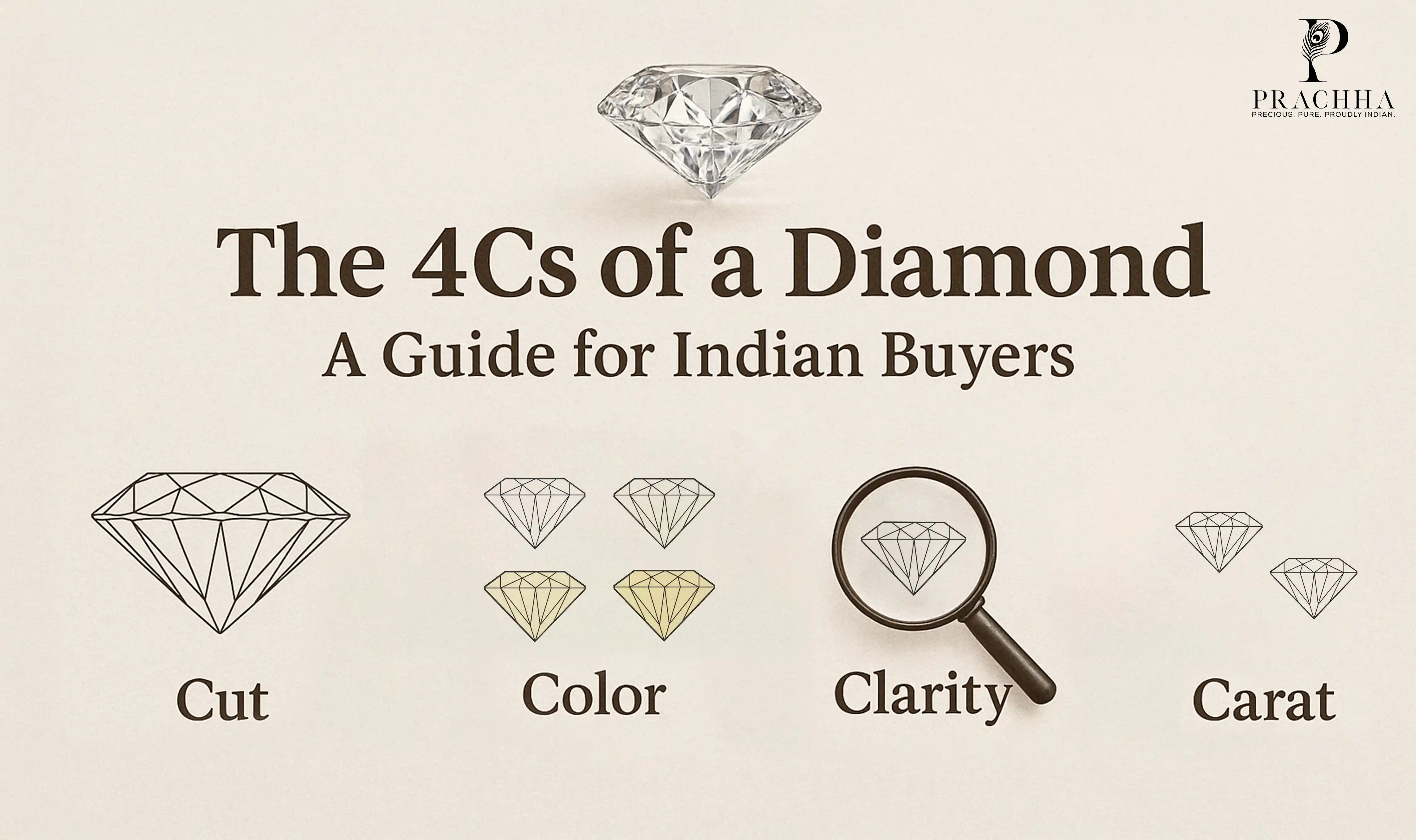
Guide to Buying a Lab-Grown Diamond in India
Lab-grown diamonds have transformed the jewelry market in India, offering a sustainable, ethical, and affordable alternative to mined diamonds. With the Indian lab-grown diamond market growing by over 15% annually, these sparkling gems are becoming a top choice for engagement rings, earrings, and more. Whether you’re a first-time buyer in Mumbai or a seasoned collector in Delhi, this guide will walk you through everything you need to know to buy a lab-grown diamond with confidence.
Why Choose Lab-Grown Diamonds?
Lab-grown diamonds are real diamonds, chemically and optically identical to natural ones, but created in controlled laboratory environments using advanced technology like Chemical Vapor Deposition (CVD) or High Pressure High Temperature (HPHT). Here’s why they’re gaining popularity in India:
- Affordability: Lab-grown diamonds cost 30–70% less than natural diamonds. For example, a 1-carat lab-grown diamond in India ranges from ₹28,000–₹1,00,000, compared to ₹2,00,000–₹5,00,000 for a natural one.
- Ethical Sourcing: Conflict-free and free from the ethical concerns of mining, they appeal to eco-conscious Indian buyers.
- Sustainability: Produced with minimal environmental impact, especially when manufacturers use renewable energy.
- Quality: Often achieve high clarity (VVS1) and color (D–F) grades, with مسابقة being Type IIa, the purest form, rarer in mined diamonds.
Step-by-Step Guide to Buying a Lab-Grown Diamond
1. Understand the 4Cs

The 4CsCut, Color, Clarity, and Caratare the universal standards for evaluating diamond quality, whether lab-grown or natural.
- Cut: Determines the diamond’s sparkle. Opt for an “Excellent” or “Ideal” cut for maximum brilliance. Round brilliant cuts are priciest, followed by princess, cushion, and oval cuts.
- Color: Graded from D (colorless) to Z (light yellow). For the best value, choose D–F for near-colorless brilliance, popular in Indian jewelry.
- Clarity: Measures internal flaws (inclusions). VVS1 or VS1 grades offer near-flawless diamonds, ideal for high-quality lab-grown pieces.
- Carat: Refers to weight. A 0.25-carat lab-grown diamond costs around ₹20,000, while a 1-carat is approximately ₹90,000.
Tip: Prioritize cut and color for visible sparkle, as clarity differences are often invisible to the naked eye.
2. Check for Certification

Always buy certified lab-grown diamonds to ensure authenticity and quality. Reputable labs like the International Gemological Institute (IGI) and Gemological Institute of America (GIA) grade lab-grown diamonds using the 4Cs. In India, IGI certification is widely trusted.
- Why It Matters: Certification verifies the diamond’s quality and origin, protecting you from fakes like cubic zirconia or moissanite.
- Action: Request a certificate from IGI, GIA, or SGL when shopping, and check for a laser inscription on the diamond’s girdle.
3. Set Your Budget

Lab-grown diamonds are budget-friendly, but prices vary based on the 4Cs, retailer, and setting. For example:
- A 1-carat solitaire ring may cost around ₹28,000–₹1,50,000, depending on the design and metal (e.g., BIS-hallmarked 18K gold).
- Expect to pay more for premium retailers or custom designs.
Tip: Use online platforms to compare prices and filter by carat, cut, or shape for transparency.
4. Choose a Reputable Retailer

India is a global leader in lab-grown diamond production, with Surat as a key manufacturing hub. To ensure a quality purchase, select a retailer that meets these criteria:
- Certification: Offers IGI- or GIA-certified diamonds with clear documentation.
- Transparency: Provides detailed information on the 4Cs, pricing, and diamond origin (CVD or HPHT).
- Customer Service: Offers virtual or in-store consultations to guide your purchase, especially for custom designs.
- Physical and Online Presence: Choose retailers with stores in major cities like Mumbai, Delhi, or Chennai for hands-on viewing, or reputable online platforms with high-resolution images and secure transactions.
- Reviews and Reputation: Check customer reviews on platforms like Google or social media to verify reliability and quality.
- After-Sales Support: Look for retailers with strong return, exchange, or buyback policies, such as lifetime exchanges or 80–100% buyback guarantees.
Tip: Visit physical stores in urban centers for a tactile experience, or shop online for convenience and competitive pricing.
5. Consider the Setting and Design

Lab-grown diamonds are set in various metals, with BIS-hallmarked 14K or 18K gold being popular in India for durability and elegance.
- Popular Designs: Solitaire rings, mangalsutras, and stud earrings are top choices for Indian buyers.
- Customization: Many retailers offer bespoke designs, allowing you to personalize carat, shape, or engravings.
- Shapes: Round cuts are most popular for brilliance, while princess, oval, and cushion cuts offer unique aesthetics.
Tip: Choose a setting that complements your lifestyleminimal designs for daily wear or intricate ones for special occasions.
6. Evaluate Buyback and Exchange Policies

Lab-grown diamonds have lower resale value than natural diamonds due to abundant supply, but many Indian retailers offer attractive policies:
- Some provide 80% buyback on lab-grown diamonds.
- Others offer 100% lifetime exchange for new designs or upgrades.
Tip: Confirm the retailer’s buyback or return policy before purchasing, as some exclude customized pieces.
7. Verify Sustainability Claims

While lab-grown diamonds are eco-friendlier than mined ones, not all are fully sustainable due to high energy use. Look for retailers using renewable energy (e.g., wind or solar) for production.
Tip: Ask for sustainability credentials or third-party certifications to ensure ethical production.
8. Shop Smart: Online vs. Offline

- Online: Online platforms offer detailed filters, high-resolution images, and competitive prices. Ensure secure transactions and a clear return policy.
- Offline: Visit stores in urban centers like Mumbai, Delhi, or Chennai for a hands-on experience and expert guidance.
Tip: For online purchases, ensure the retailer provides a no-questions-asked return policy (e.g., 7-day returns) and secure payment options.
Top Tips for Indian Buyers

- Compare Prices: Check multiple retailers for the best deals on IGI-certified diamonds.
- Focus on Quality: Prioritize D–F color and VVS1–VS1 clarity for stunning sparkle within budget.
- Ask for Expert Guidance: Opt for retailers offering consultations to help you choose the perfect diamond.
- Look for Promotions: Some retailers offer up to 85% savings compared to mined diamonds.
- Buy Local: Choose retailers based in India, especially in Surat, to leverage local expertise and competitive pricing.
Why Lab-Grown Diamonds Are a Smart Choice in India
Lab-grown diamonds align with the values of modern Indian consumersaffordability, ethics, and style. With prices up to 70% lower than natural diamonds, they allow you to own larger or higher-quality stones without breaking the bank. The Indian market, valued at $2.61 billion in 2023, is projected to reach $8.31 billion by 2032, driven by young buyers and first-time purchasers.
Whether you’re buying a solitaire ring for a proposal in Bangalore or a mangalsutra in Surat, lab-grown diamonds offer unmatched value. Explore trusted retailers, prioritize certified diamonds, and sparkle sustainably with a gem that reflects your style and conscience.


















